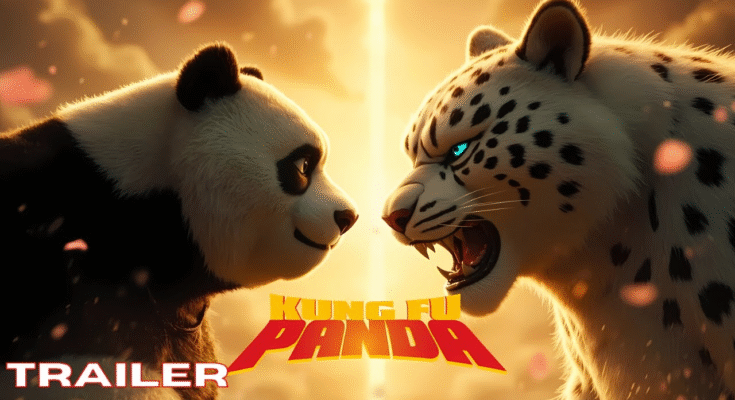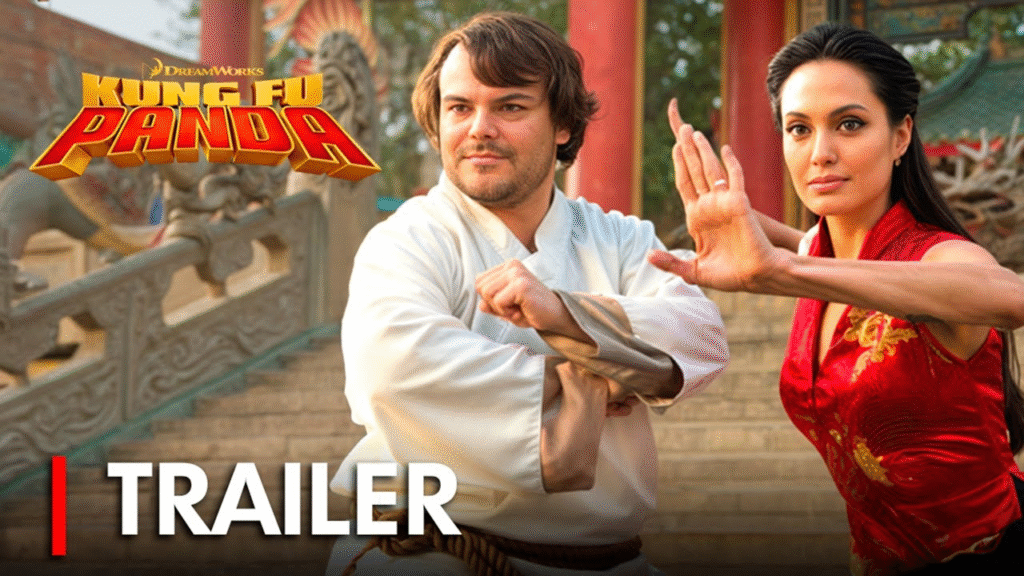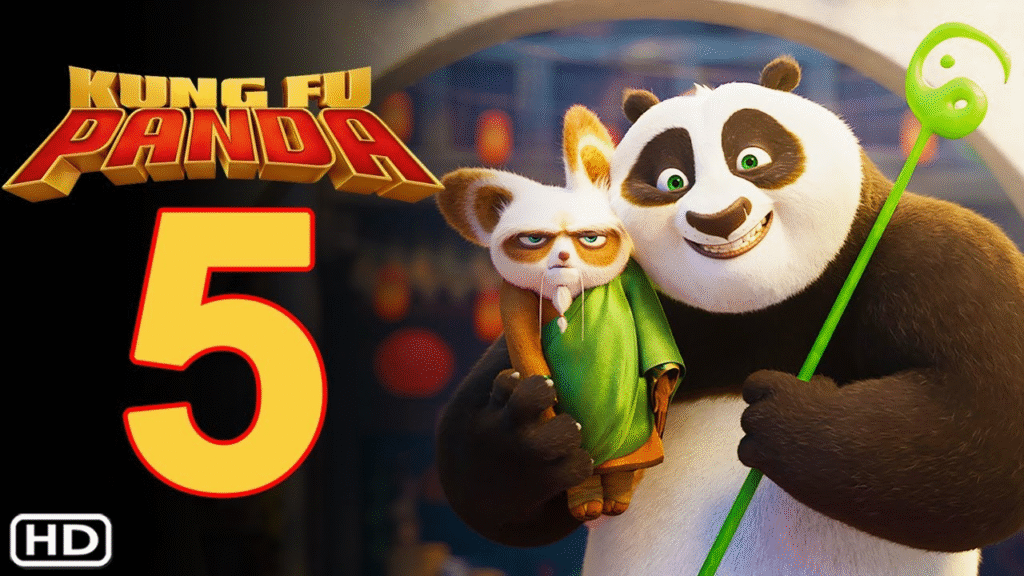
Some stories are so enduring that they transcend the medium they began in. Kung Fu Panda: Live Action (2025) is a shining example of this truth, breathing new life into the beloved animated saga while honoring its spirit. By translating Po’s journey from a colorful animated fantasy into a tactile, grounded martial arts epic, the film proves that heart, humor, and heroism can thrive in any form—as long as the storytellers believe in it as much as the characters do.

The film’s opening sequence wastes no time in establishing its tone: sweeping shots of the Valley of Peace bathed in golden light, the clang of temple bells echoing across mountains, and the disciplined hum of warriors honing their craft. Yet, in the midst of this grandeur, we meet Po—a plump, noodle-serving panda whose daydreams of kung fu greatness seem laughably out of reach. His charm lies not in his skill but in his irrepressible optimism, a quality that will become his greatest weapon.
When the prophecy of the Dragon Warrior is unexpectedly set in motion, the live-action format delivers a different kind of magic than animation ever could. The casting of Po—brought to life with cutting-edge motion capture and a performer whose physical comedy rivals his emotional range—strikes the perfect balance between larger-than-life humor and deeply human vulnerability. You believe this panda is real, and more importantly, you believe in his journey.

The Furious Five—Tigress, Monkey, Mantis, Viper, and Crane—are no longer just animated archetypes but fully embodied warriors with distinct fighting styles and personalities. Tigress, in particular, radiates a magnetic presence, her every movement a blend of precision and suppressed emotion. The film wisely leans into the dynamics between these characters and Po, allowing their skepticism and eventual respect to grow organically.
Master Shifu’s portrayal is a masterclass in restraint. His initial disappointment in Po is palpable, yet never cruel; his eventual shift toward belief is earned through small, intimate moments rather than sweeping declarations. In this grounded interpretation, training sequences feel more brutal, more sweat-and-blood than slapstick, but without losing the warmth and humor that make them iconic.
The action choreography is nothing short of breathtaking. Rather than leaning too heavily on CGI spectacle, the film favors practical stunt work enhanced with subtle visual effects. Every strike, flip, and counter has weight. You feel the crunch of impact, the strain of movement, and the grace of ancient martial arts traditions brought vividly to life. It’s the kind of fight filmmaking that commands attention rather than merely entertains.

Yet the movie never forgets that Kung Fu Panda is as much about the spirit as it is about the spectacle. Po’s journey is not simply to master kung fu techniques, but to master himself—to embrace his own shape, pace, and quirks instead of trying to fit into someone else’s mold. The message of self-belief lands with even more power in live action, where we can see every flicker of doubt and surge of determination on Po’s expressive face.
The villain—a shadowy master of forbidden techniques—brings a gravitas and menace that feels fresh for the franchise. His philosophy of strength through domination stands in direct opposition to Po’s newfound understanding of inner peace, making their inevitable clash as ideological as it is physical. Their final showdown, set against a storm of petals and flame, is a visual feast that also serves as the film’s emotional crescendo.
Visually, Kung Fu Panda: Live Action is a marvel. Ancient Chinese architecture is rendered with reverence and detail, from the ornate carvings of temple gates to the winding stone steps that seem to stretch into the clouds. The color palette shifts seamlessly between the warmth of the Valley and the cold menace of enemy territory, subtly guiding our emotions through the story’s arc.

Humor, too, is alive and well. Po’s bumbling charm remains intact, and the comedic timing—whether it’s a misplaced noodle bowl during meditation or an awkward high-five after a spar—never undercuts the sincerity of the moment. The film understands that comedy works best when it flows naturally from character, not at the expense of the story.
By the time the credits roll, Kung Fu Panda: Live Action (2025) feels like more than just a reinterpretation—it’s a celebration of why Po’s story matters. It’s a reminder that greatness isn’t about fitting a prophecy, but about growing into the truest version of yourself. And sometimes, the unlikeliest hero isn’t just the one the world needs—it’s the one who finally believes they belong.